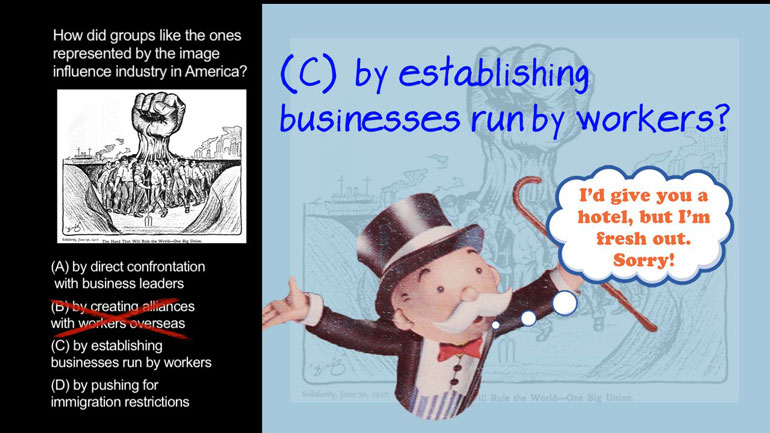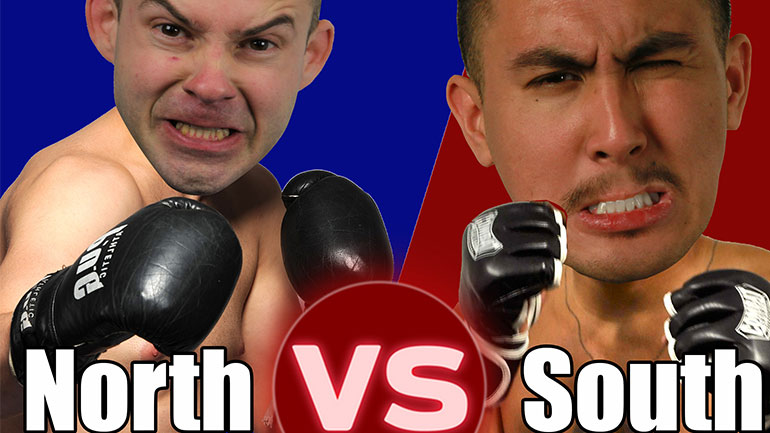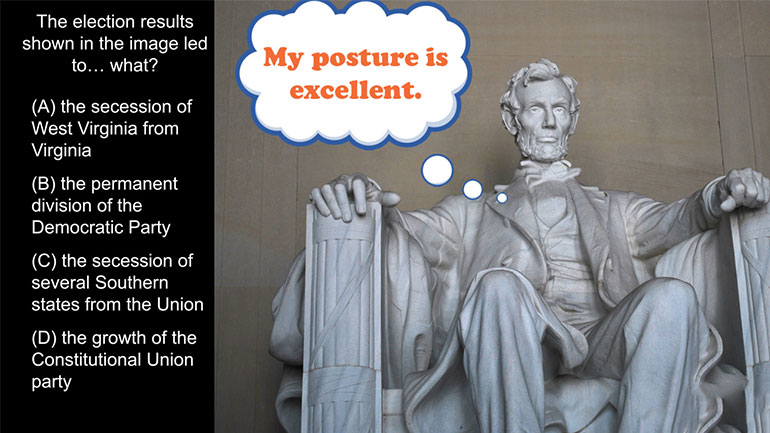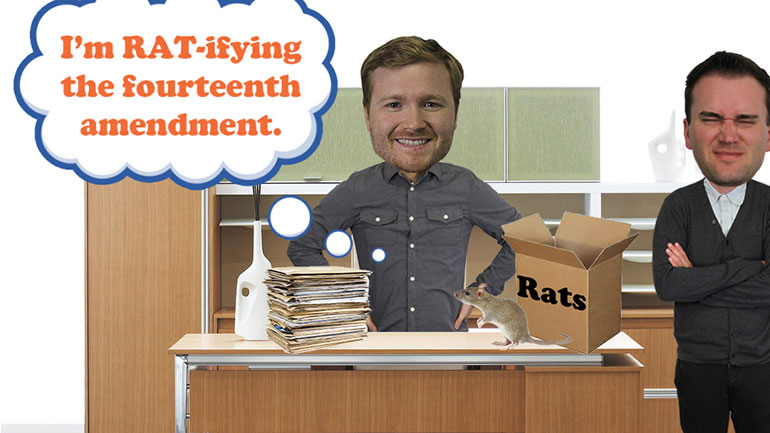ShmoopTube
Where Monty Python meets your 10th grade teacher.
Search Thousands of Shmoop Videos
AP U.S. History 1.2 Period 7: 1890-1945 238 Views
Share It!
Description:
AP U.S. History 1.2 Period 7: 1890-1945. Antitrust laws like the Clayton Act were a direct response to what development in the United States economy?
Transcript
- 00:00
[ musical flourish ]
- 00:03
And here's your Shmoop du jour, brought to you by organized labor,
- 00:07
your mom's idea of a better chore system.
- 00:10
All right, give this excerpt a read.
- 00:12
[ mumbles ]
Full Transcript
- 00:14
[ mumbling continues ] ... and, yeah. Clayton Antitrust.
- 00:16
All, right and the question: Anti-trust laws like the Clayton Act,
- 00:19
were a direct response to what development in the U.S. economy?
- 00:23
And here are your potential answers.
- 00:25
[ cow moos ]
- 00:27
First off, let's remember what was happening in the U.S.
- 00:29
economy at this time.
- 00:30
Industrialization meant tons and tons of goods produced
- 00:34
by bigger and bigger corporations.
- 00:36
So consumer access to all kinds of fun new stuff?
- 00:38
Great. But sometimes this increase in production efficiency
- 00:42
came at a cost to consumers, as well.
- 00:44
Let's see what the Clayton Act was trying to fix.
- 00:47
Was the Clayon Act a direct response to A -
- 00:49
the growing reliance on immigrant labor?
- 00:52
Well, actually, cheap immigrant labor was a key factor
- 00:54
in the rapid growth of the industrial economy, so these laws
- 00:57
didn't really relate to them. That knocks out A.
- 00:59
Could the Clayton Act have been a response to B -
- 01:01
the political pressure of agricultural producers?
- 01:04
Well, these antitrust laws were almost exclusively focused
- 01:06
on the industrial domestic economy,
- 01:09
not agriculture or foreign markets.
- 01:11
So that's lights out for B and D.
- 01:13
That means the Clayton Act was a direct response to C -
- 01:16
the rise of corporations and company mergers.
- 01:19
After the Sherman Act of 1890,
- 01:21
more company mergers occurred than at any other point
- 01:23
in American history. Instead of forming cartels,
- 01:26
which the law prohibited, companies
- 01:28
could just merge with each other and form corporations
- 01:31
enjoying the same benefits that the cartels did.
- 01:33
The Clayton Act tried to put a stop to all that, so C is the right answer.
- 01:36
You know, if you're ever looking for a great loophole, forget Grandma.
- 01:40
Ask a corporate lawyer.
- 01:42
[ rooster crows ]
Up Next
AP U.S. History Diagnostic 1. Relationships like the one shown in the image resulted in the development of...what?
Related Videos
AP U.S. History Diagnostic 15. How did groups like the ones represented by the image influence industry in America?
AP U.S. History Diagnostic 10. What led to the splintering of the political parties shown in the image?
AP U.S. History Diagnostic 11. The election results shown in the image led to...what?
AP U.S. History Diagnostic 12. How did the Reconstruction Acts open up political opportunities for former slaves?




